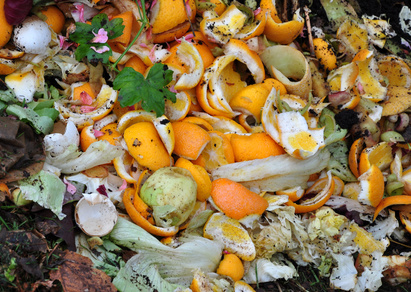Categories
Calendars
Guides
- Help on the Allotment
- Greenhouse World
- The Perfect Lawn
- Water Garden Features
- Beginner's Corner
- Pest and Disease
- Garden Techniques
Reviews
Archive
Gallery
Articles
Ask Our Gardening Expert
Composts
At garden centres, beginning gardeners can be confused by the range of artificial growing media available. Plants grow well in soil, so why not use that? We use a mix rather than ordinary garden soil for a number of very good reasons..
Garden soils are variable. The soil from one part of the garden may have different characteristics than soil from another part of the garden, dependent on its structure and texture, and so produce variable results. Garden soils may contain pest and disease organisms or seeds from unwanted plants. Garden soils are less pleasant to handle and use.
In times gone by, gardeners would have their own compost formulations. About eighty years ago, the John Innes Institute, named after a London property developer, left his fortune to horticultural improvement by experiment and research. After years of experimentation, workers came up with a range of composts that gave reliable results. These “John Innes Composts” were mixtures of loam (topsoil) that was heat treated, peat, sand and fertilisers designed to achieve optimum water-holding, air content and nutrients for different groups of plants.

Now, newer mixes have been specifically formulated for common purposes. They can be made up of many different materials like crushed bark, peat, sand, pumice, vermiculite, polystyrene beads and fertiliser in various proportions according to their use, many materials unknown eighty years ago. These newer materials are much easier to handle and do not need sterilisation.
It’s not a good idea to use a seed-raising or a cuttings mix for potting, nor is a potting mix suitable for cuttings or seed. Nothing untoward will happen, only, make every effort to get the best results possible. A good mix provides the ideal growing conditions for stage in growth and for specific plants’ needs. They will be light, easy to handle, retain the correct amount of air and moisture and provide adequate ground support and ease of root penetration.
Here are some of the characteristics of commonly used mixes:

